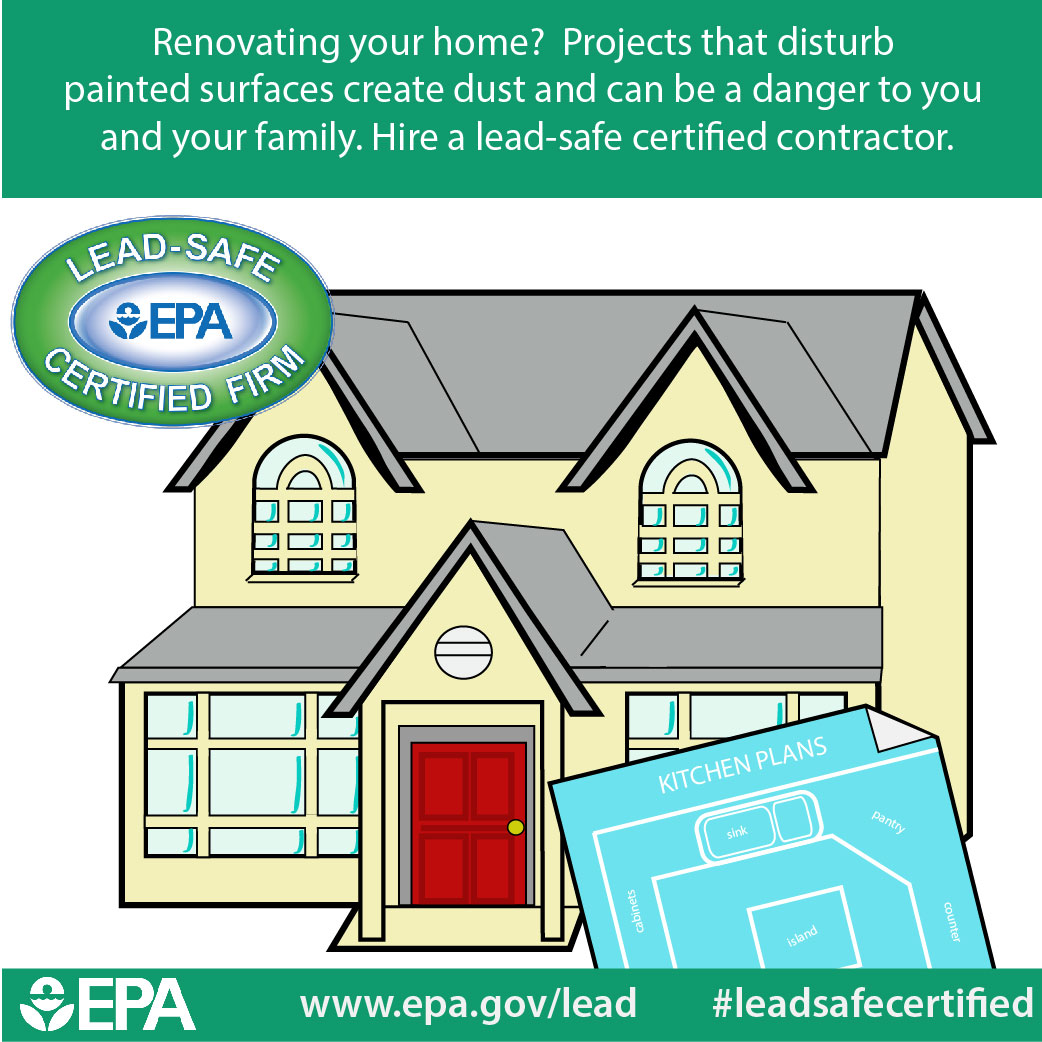Seasonal Consider Commercial Outside Paint: Key Insights You Must Recognize
Seasonal Consider Commercial Outside Paint: Key Insights You Must Recognize
Blog Article
Produced By-Leach Chaney
When you're planning a commercial external painting task, seasonal variables can make or break your outcomes. You'll want to take into consideration how temperature and humidity impact paint application and drying times. Selecting the best period can guarantee your paint sticks appropriately and lasts longer. However which periods are genuinely the most effective for this kind of job? Let's explore the crucial elements that can influence your project's success.
The Impact of Temperature Level on Paint Application
When you're preparing a business external painting project, the temperature level can substantially impact exactly how well the paint sticks and dries.
Ideally, you intend to repaint when temperatures vary between 50 ° F and 85 ° F. If paint interior walls 's too chilly, the paint may not treat correctly, resulting in issues like peeling off or splitting.
On the other side, if it's also hot, the paint can dry as well rapidly, preventing correct adhesion and leading to an irregular finish.
You ought to also think about the time of day; early morning or late afternoon supplies cooler temperatures, which can be more favorable.
Always check the maker's referrals for the certain paint you're making use of, as they frequently give advice on the optimal temperature range for ideal results.
Humidity and Its Impact on Drying Times
Temperature isn't the only environmental variable that affects your commercial external painting task; humidity plays a considerable duty as well. best painting services near me can slow down drying out times significantly, affecting the total top quality of your paint work.
When the air is filled with dampness, the paint takes longer to heal, which can cause concerns like inadequate bond and a higher risk of mildew development. If you're repainting on an especially humid day, be gotten ready for prolonged delay times between layers.
It's crucial to monitor regional climate condition and plan as necessary. Preferably, aim for humidity levels in between 40% and 70% for ideal drying.
Keeping these factors in mind ensures your job remains on track and provides a long lasting finish.
Best Seasons for Commercial Outside Painting Projects
What's the most effective time of year for your commercial exterior painting jobs?
Springtime and early fall are generally your best options. Throughout these seasons, temperatures are light, and moisture levels are commonly lower, creating optimal problems for paint application and drying out.
Avoid summer season's intense heat, which can trigger paint to dry too promptly, causing poor adhesion and coating. In a similar way, winter season's chilly temperature levels can impede correct drying out and curing, taking the chance of the longevity of your paint job.
Aim for days with temperature levels between 50 ° F and 85 ° F for optimal outcomes. Remember to check the regional weather forecast for rain, as damp problems can ruin your job.
Preparation around these aspects guarantees your painting project runs efficiently and lasts longer.
Verdict
In conclusion, planning your commercial exterior painting projects around seasonal factors to consider can make a substantial difference in the outcome. By organizing job throughout the excellent temperature levels and moisture levels, you'll guarantee far better bond and drying times. Remember to keep an eye on neighborhood weather report and choose the right time of year-- springtime and early fall are your best options. Taking these steps will certainly help you accomplish a sturdy and professional surface that lasts.
